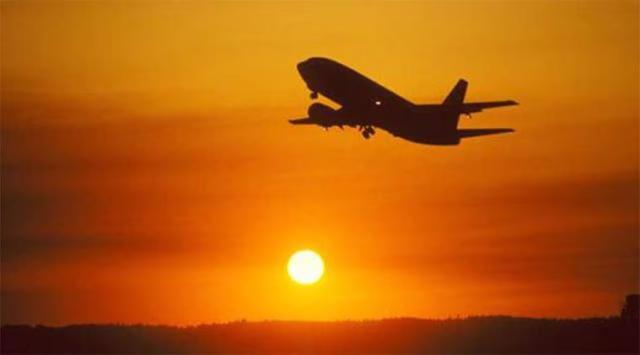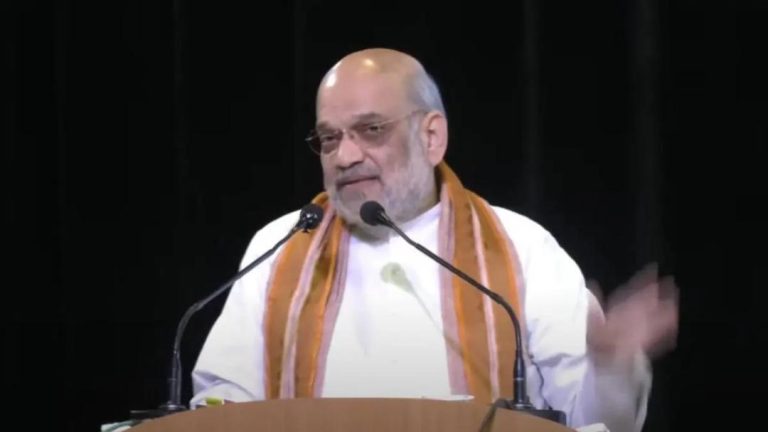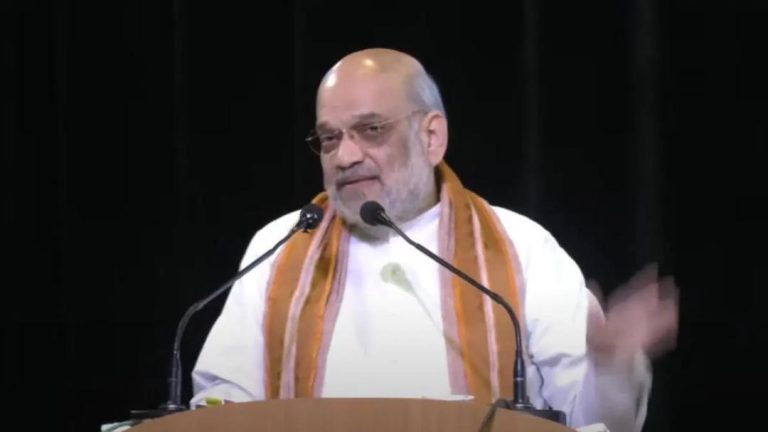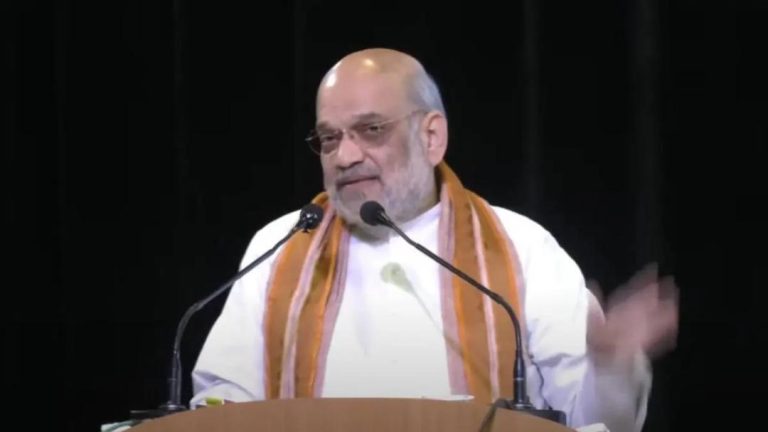
Class 12 Physics & Math Requirement for Becoming Commercial Pilot Might be Scrapped: Report
In a move that could revolutionize the aviation industry in India, the Directorate General of Civil Aviation (DGCA) is planning to scrap the current rule that requires students to have studied Physics and Math in Class 12 to be eligible for commercial pilot licence training. This news has sent shockwaves throughout the education and aviation sectors, with many questioning the rationale behind this decision.
For decades, commercial pilot training in India has been restricted to students who have pursued Science and Math in Class 12. This has led to a significant number of students being discouraged from pursuing their dreams of becoming pilots, simply because they did not have the right academic background. However, it seems that this barrier might be about to come crashing down.
According to a recent report, the DGCA is considering scrapping the requirement of Physics and Math for commercial pilot training. This means that students who have pursued Arts, Commerce, or any other stream in Class 12 might soon be eligible to become commercial pilots.
The decision to relax the eligibility criteria comes at a time when the aviation industry in India is booming. With the demand for air travel increasing rapidly, the need for skilled pilots has never been greater. By relaxing the eligibility criteria, the DGCA is hoping to attract a wider pool of talented individuals to the profession.
But what are the implications of this decision? Will it lead to a more diverse and inclusive pilot community? Or will it compromise the safety and standards of commercial aviation in India?
A Historical Context
The requirement of Physics and Math for commercial pilot training in India dates back to the mid-1990s. At that time, the DGCA was concerned about the safety and technical skills required to operate a commercial aircraft. It was believed that students who had studied Physics and Math in Class 12 would have a better understanding of the technical aspects of flying and would be better equipped to handle the demands of commercial pilot training.
Over the years, this requirement has remained unchanged, despite the growing demand for commercial pilots in India. Many students who have pursued Arts, Commerce, or other streams in Class 12 have been forced to abandon their dreams of becoming pilots, simply because they did not have the right academic background.
The Potential Benefits
Relaxing the eligibility criteria for commercial pilot training could have several benefits. Firstly, it could attract a more diverse pool of talented individuals to the profession. This could lead to a more inclusive and diverse pilot community, which could be beneficial for the aviation industry as a whole.
Secondly, relaxing the eligibility criteria could increase the number of students who pursue commercial pilot training. This could help to address the shortage of pilots in India, which has been a major concern for the aviation industry in recent years.
Thirdly, relaxing the eligibility criteria could lead to a more flexible and adaptable pilot training system. This could enable students who have pursued Arts, Commerce, or other streams in Class 12 to learn and adapt quickly to the demands of commercial pilot training.
The Potential Drawbacks
However, relaxing the eligibility criteria for commercial pilot training also raises several concerns. Firstly, there is a risk that students who are not academically prepared for commercial pilot training might struggle to cope with the demands of the course.
Secondly, relaxing the eligibility criteria could compromise the safety and standards of commercial aviation in India. Commercial pilot training is a highly specialized and technical field, and it requires students to have a strong foundation in Physics and Math.
Thirdly, relaxing the eligibility criteria could lead to a drop in the overall quality of pilots in India. If students who are not academically prepared are allowed to pursue commercial pilot training, it could compromise the safety and standards of commercial aviation in India.
What’s Next?
The decision to relax the eligibility criteria for commercial pilot training is still in the pipeline, and it’s unclear when the DGCA will make a final decision. However, if the proposal is implemented, it could have significant implications for the education and aviation sectors in India.
In the meantime, students who are interested in pursuing commercial pilot training should continue to pursue Science and Math in Class 12, as this will still be the most direct route to becoming a commercial pilot.
Conclusion
The proposal to scrap the requirement of Physics and Math for commercial pilot training is a significant development in the education and aviation sectors in India. While it has the potential to attract a more diverse pool of talented individuals to the profession, it also raises several concerns about the safety and standards of commercial aviation in India.
As the DGCA continues to deliberate on this proposal, it’s essential that it weighs the potential benefits and drawbacks carefully. The safety and standards of commercial aviation in India must be paramount, and any changes to the eligibility criteria must be designed to ensure that they do not compromise these standards.
Source:






